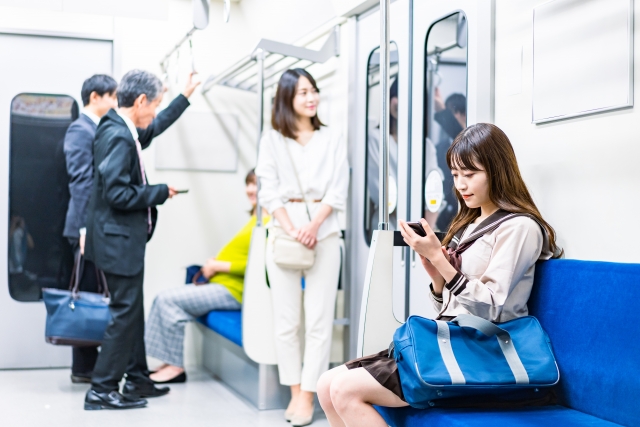Have you ever paid attention to the culture and customs of a country when you travel abroad? Actions that are acceptable in your own country might not be well-received in others, and conversely, things that are considered inappropriate in your country might be acceptable elsewhere.
It can be quite challenging to understand and appreciate the culture and customs of a country you weren’t raised in.
As Japanese people, there are many things we do unconsciously, and it may be difficult to convey all of these to visitors and residents in Japan. However, we aim to share as much as we can within our understanding.
While manners and customs are not strict rules that must always be followed, the management team pays a lot of attention to them when traveling abroad. By respecting the culture and customs of the host country, you can be recognized as a welcome guest, facilitate better communication, and often achieve better outcomes. We believe it is better to know than not to know, and with that mindset, we share this information with you.
Train Etiquette
1: Keep Quiet on the Train
It is considered bad manners to talk loudly, talk on your mobile phone, or watch videos and listen to music without earphones. Speaking in a low voice is acceptable, so you don’t have to remain silent for the entire journey. The definition of a “low voice” can be tricky, so observe the behavior of others when you ride Japanese trains. Keeping quiet is important to be considerate of others around you.
2: Do Not Sit on the Station Platform
While waiting for the train, do not sit on the station platform. This can obstruct pedestrians, and in Japan, sitting on the ground in public facilities is generally considered inappropriate. Instead, sit on the benches provided at the station while waiting for the train.
3: Eating and Drinking on the Train
Eating and drinking are allowed on long-distance trains such as express trains and Shinkansen, as the seating is designed for this purpose. Drinking alcohol is also permitted on these trains.
However, eating is generally not allowed on local trains used for travel within cities or prefectures. Small items like candy, gum, or mints are acceptable.
Regarding drinks, it is fine to consume water, tea, or coffee from bottles or thermoses. However, drinks in cans or cups from cafes are discouraged, as they may spill.
4: Bringing Items on the Train
Bicycles are allowed if they are disassembled and packed in a bag, but avoid bringing them during crowded times. Dogs and cats are permitted if they are in carriers. Large dogs are generally not allowed on the train.
By following these guidelines, you can ensure a more pleasant experience for yourself and those around you while using Japan’s extensive train network.
When the management team traveled to Italy, we noticed that bicycles and dogs were allowed on trains without any special restrictions. This made us realize how different the rules can be from country to country. Therefore, we would like to explain the rules for bringing items onto trains in Japan.
5: Boarding the Train
Japanese trains almost always arrive and depart on time. During the morning and evening rush hours, trains may depart as frequently as every five minutes. Even though trains come frequently, many people form orderly lines. When boarding the train, make sure to line up properly. Cutting in line is strictly prohibited. When the train arrives, allow passengers to disembark first. Once everyone has exited, those who were waiting in line can board the train in an orderly manner.
How was it? Did you find any of the manners on Japanese trains surprising or unusual? The underlying principle of train etiquette and customs in Japan is rooted in the typically Japanese mindset of “not causing discomfort to those around you.” Many Japanese people practice these manners unconsciously, as they are taught from a young age. We encourage you to experience Japanese trains for yourself!


